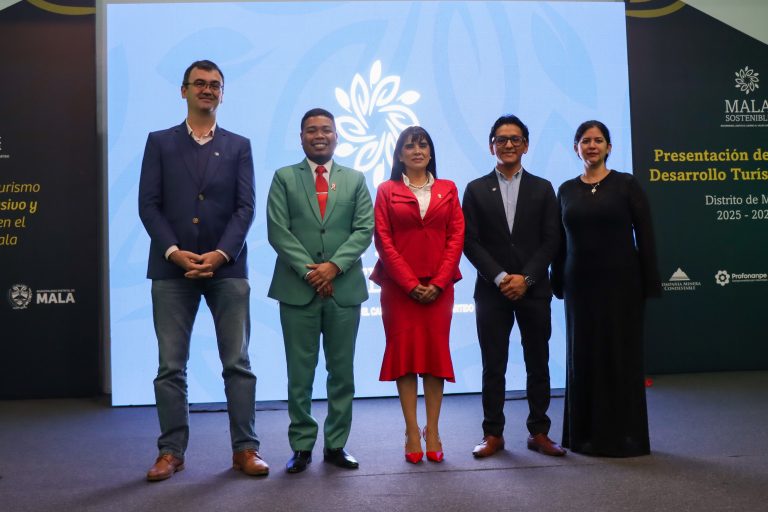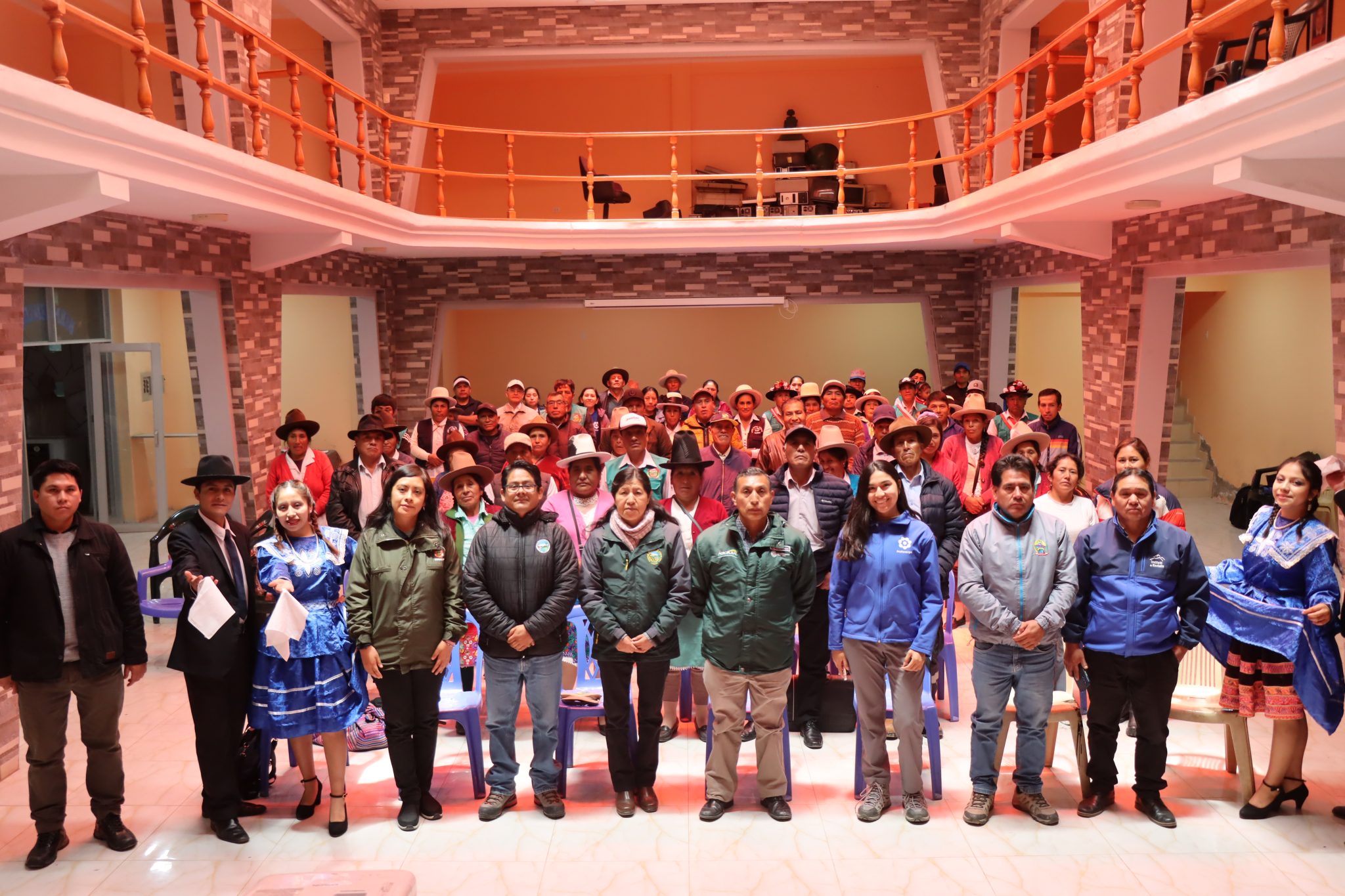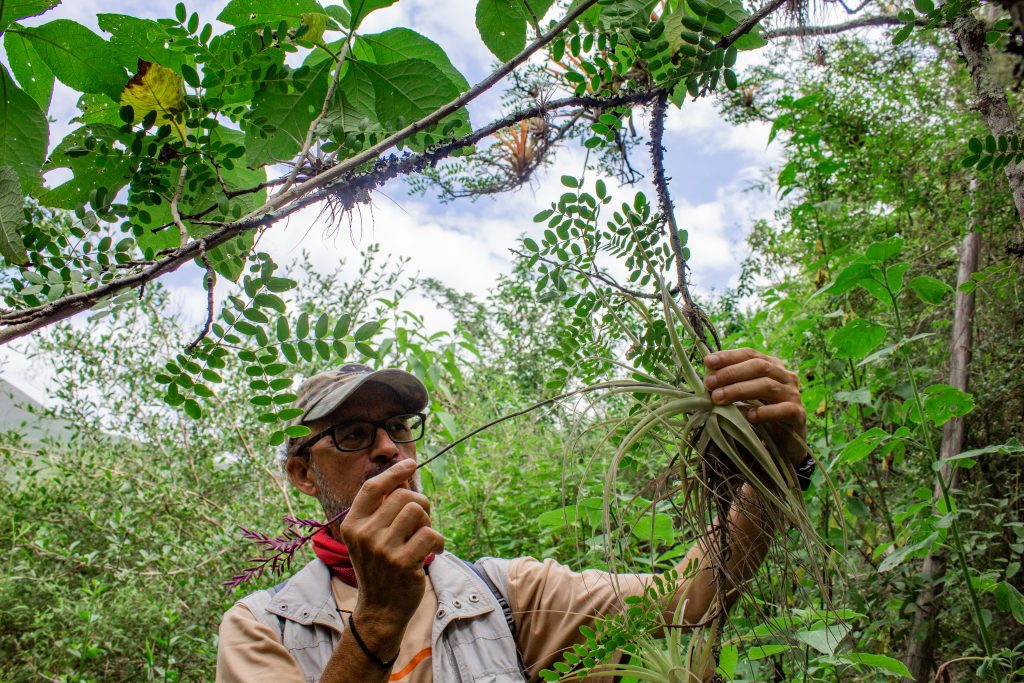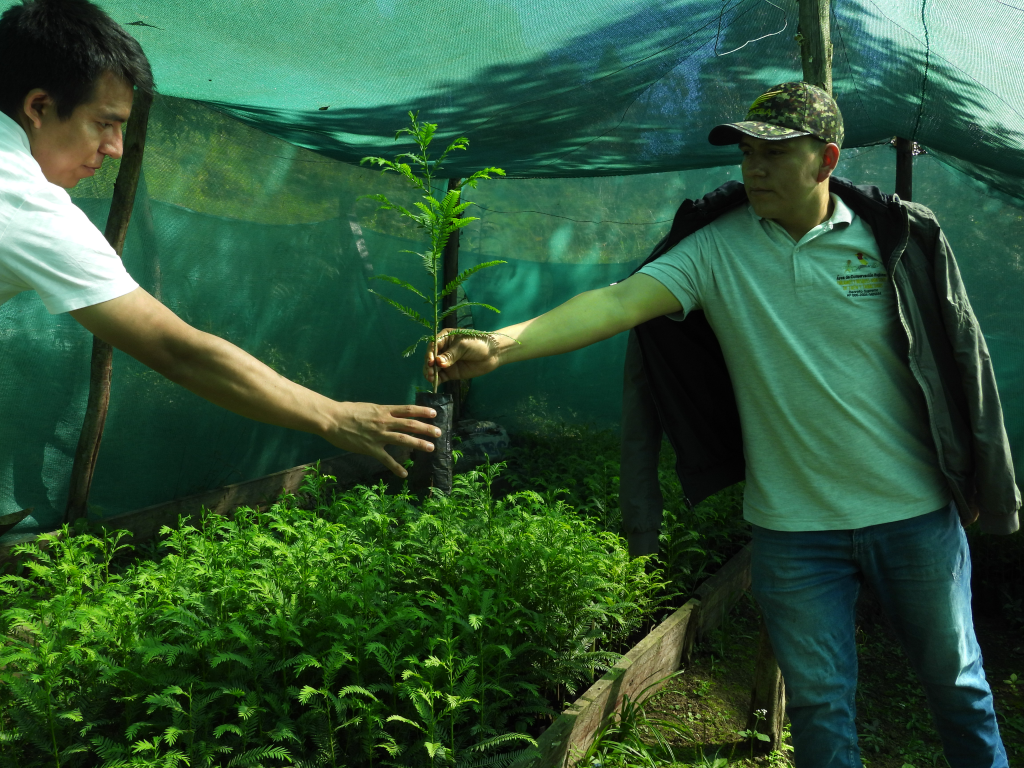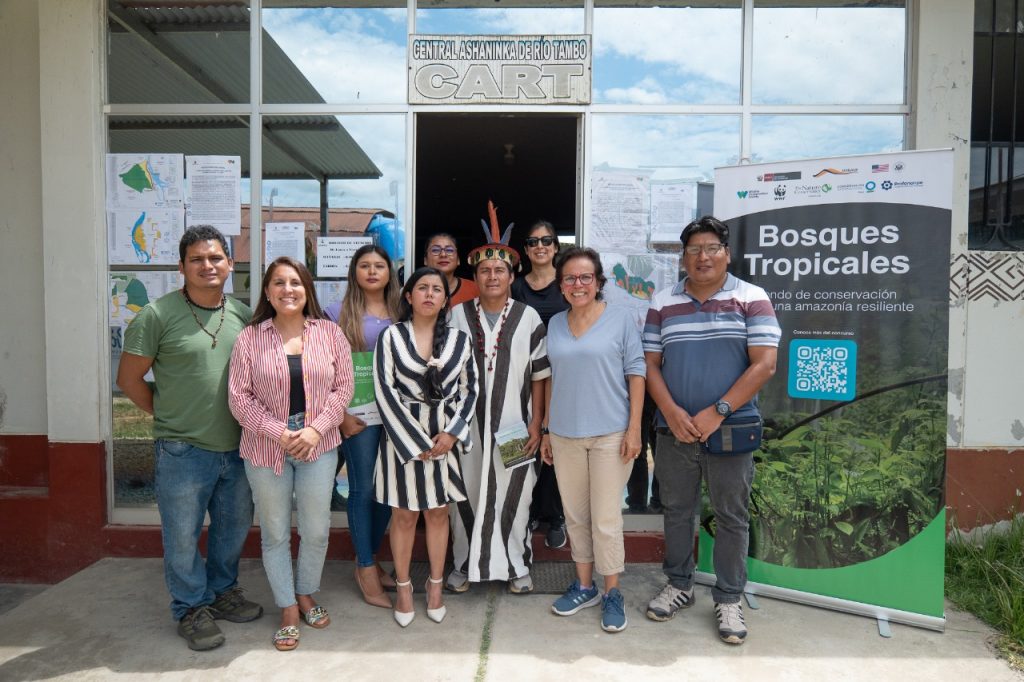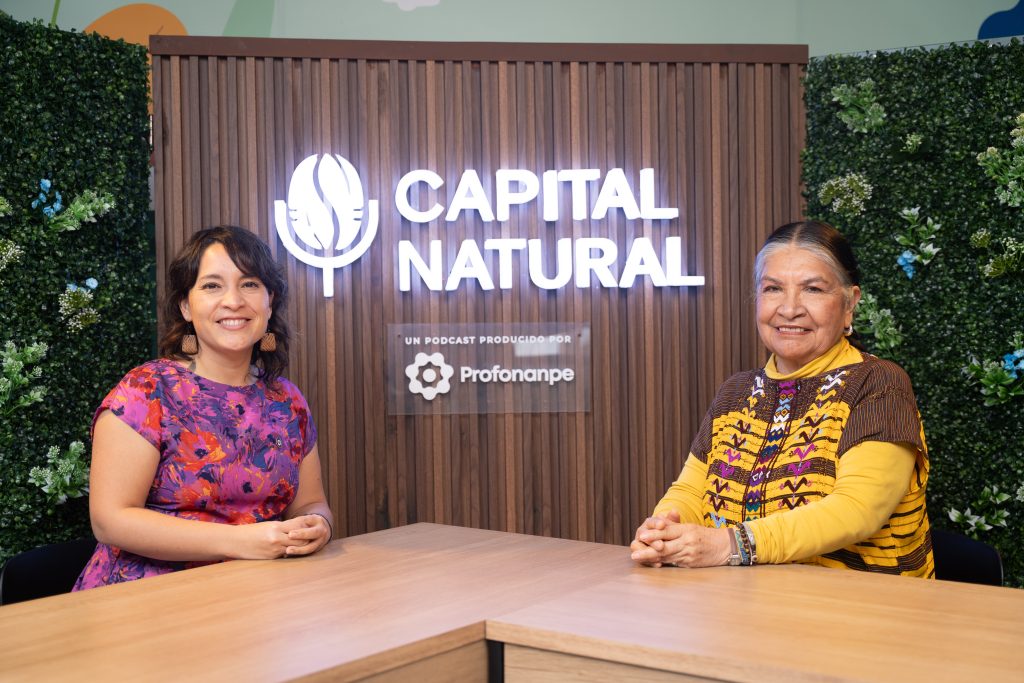Photo: Profonanpe
“Mala Trail: between sea, culture, and valley” (Sendero maleño: entre mar, cultura y valle) is the district’s first tourist route, with plans to implement five more by 2029.
Lima, July 22, 2025.– In a clear commitment to sustainable and inclusive development, the district municipality of Mala, located in the province of Cañete, presented its Local Tourism Development Plan (LTDP) 2025–2029, developed in a participatory manner with various local actors.
The presentation of the LTDP is part of the ‘Sustainable Mala’ project, promoted by Profonanpe and Compañía Minera Condestable, with a budget of US$1.8 million. The model combines sustainable tourism, circular economy, and conservation, generating economic, social, and environmental impact.
The event was attended by the Minister of Foreign Trade and Tourism, Desilú León; the mayor of the district of Mala, Julio Espichán; Ricardo Limo Del Castillo, executive president of the Commission for the Promotion of Peru for Exports and Tourism – PromPerú; the executive director of Profonanpe, Anton Willems; and Erick Romero, coordinator of the Sustainable Mala project.
“This plan is the expression of a dream shared by a community that has decided to showcase its history. It will also enable tourism to be positioned as one of the fundamental pillars of regional development, through a modern, sustainable, and inclusive proposal, generating great opportunities and caring for our environment, which we call purposeful tourism development,” said Desilú León, Minister of Foreign Trade and Tourism.
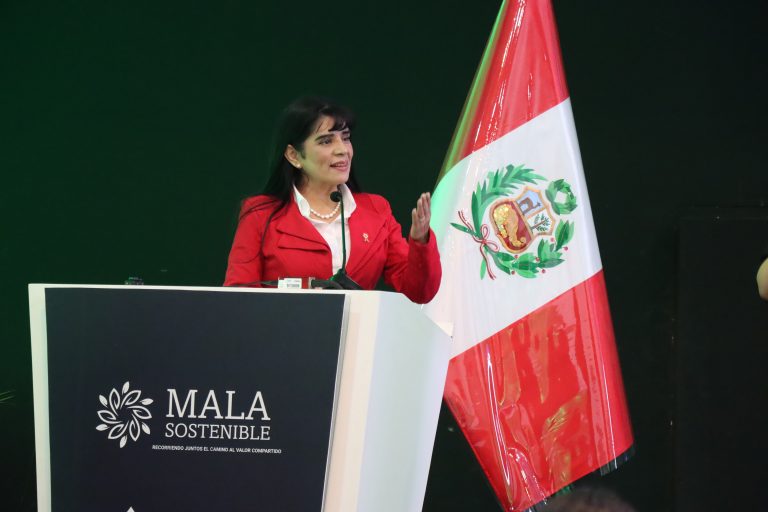
Photo: Profonanpe
manner with neighborhood associations, entrepreneurs, the rural community, and key actors in the territory. Its development included community workshops, interviews, visitor surveys, and field visits, which made it possible to generate a tourism assessment with a sense of belonging and a shared vision.
“This is a clear example of how joint work between the community, the private sector, and the state can generate development with purpose and real impact. This plan was born from the territory and for its people, in which tourism is not only an economic activity, but also a tool for social inclusion, environmental conservation, and the strengthening of local identity,” said Anton Willems, director of Profonanpe.
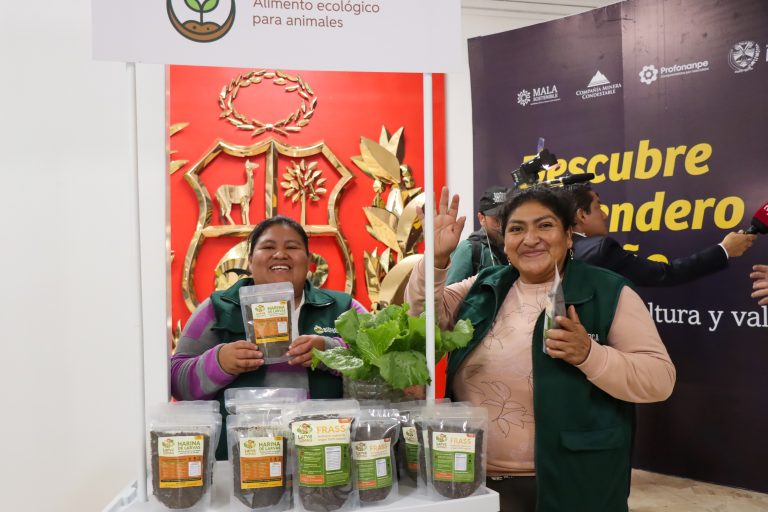
Photo: Profonanpe
Tourist routes combining nature, history, and tradition
As part of the LTDP, the launch of the “Mala Trail: between sea, culture, and valley”, the district’s first tourist route, has enabled more than 3,500 visitors to come to Mala for the first time, generating an estimated S/380,000 in additional income for local businesses. This economic impact is projected to continue growing, reaching additional revenues of up to S/538,000 annually in the coming years.
In addition, work is underway to implement five other sustainable and inclusive tourist routes by 2029: “Breezes and Tradition” (Brisas y Tradición), a route between waves, historic squares, and farms with heritage; “Mala Roots” (Raíces maleñas), where agriculture and folk art tell their story; “Breathing Summits” (Cumbres que respiran), to explore the hills of Mala and connect with nature; “Zen and Honey Routes” (Rutas zen y miel) to enjoy serene beaches, ancestral beekeeping, and culture; and “Mala on the Palate” (Mala en el paladar) an experience to savor the authentic.
The activity also presented the profile of visitors to Mala, 65% of whom are women, mainly between the ages of 25 and 44, and from metropolitan Lima (80%). According to the study, 66% of visitors stay for a full day, while 24% stay for 2 to 3 days, and the average expenditure during their visit is S/ 109.
Among the achievements already made by the Sustainable Mala project are:
- The registration of 26 tourist resources in the inventory of the Ministry of Foreign Trade and Tourism (MINCETUR), which strengthens the promotion of the destination under sustainability standards, aligning directly with the Sustainable Development Goals (SDGs 8, 12, and 14).
- The launch of two organic waste recovery plants has made it possible to transform more than 12 tons of waste into innovative products, avoiding the emission of more than 12 tons of CO₂ and protecting more than 17 million liters of water by utilizing waste oil and bovine blood.
- The promotion of three eco-businesses led by women, which produce banana snacks, biofertilizers, soaps, and other sustainable products, directly benefiting more than 50 families.
- In addition, a biological inventory of the Lomas de Mala has been compiled, identifying more than 130 species of flora and fauna, several of which are endemic, and protecting more than 5,000 hectares of fragile ecosystems.
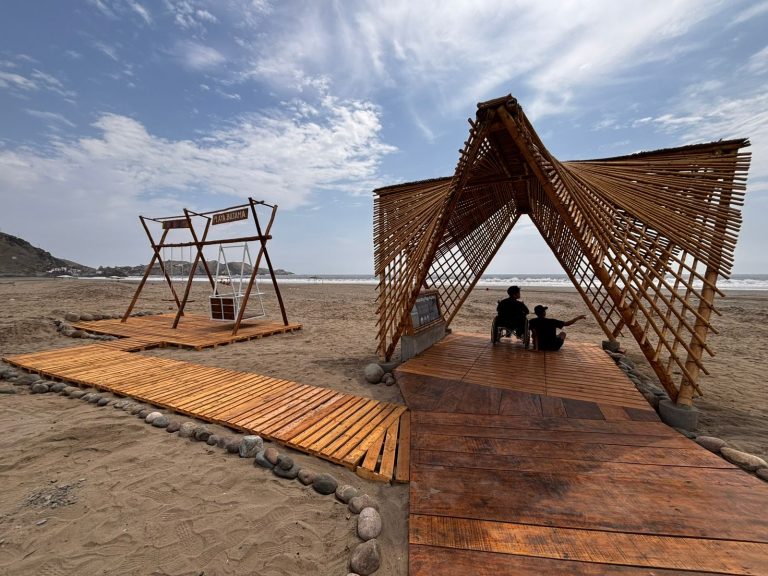
Inclusive swings have been installed at Bujama Beach.
Photo: Profonanpe
“Since 2023, Mala has been advancing as a sustainable tourist destination thanks to its joint work with Profonanpe. The tourism inventory was updated, the Local Tourism Development Plan was drawn up in a participatory manner, and the official route ‘Mala Trail: between sea, culture, and valley’ was created. In addition, two tourist booths were set up and sustainable eco-businesses were integrated that combine tourism, the circular economy, and environmental awareness from the community,” said Marquinho Espichán, mayor of the district of Mala.
With this roadmap, Mala is projected as a model destination for sustainable tourism in Peru, with coordinated management focused on people, nature, and the future.
For more information on the Mala Sostenible project, visit https://profonanpe.org.pe/proyectos/proyecto-mala-sostenible/


